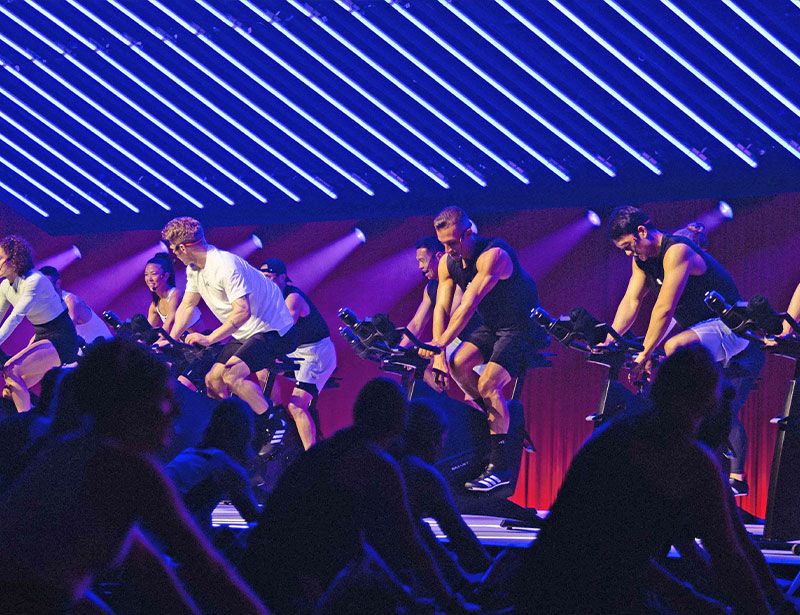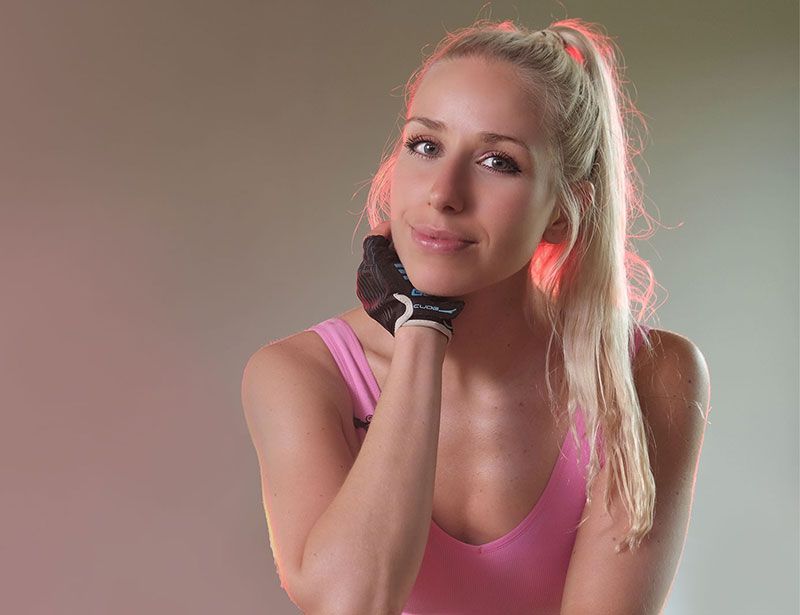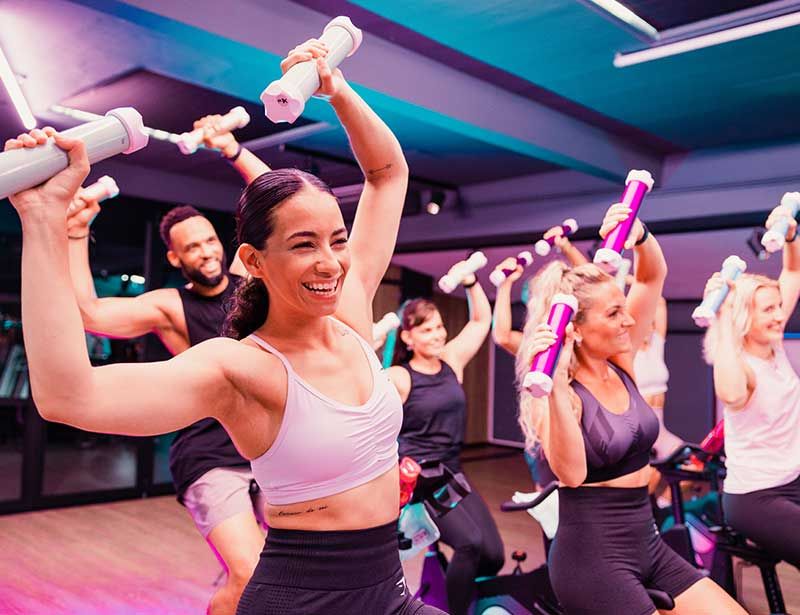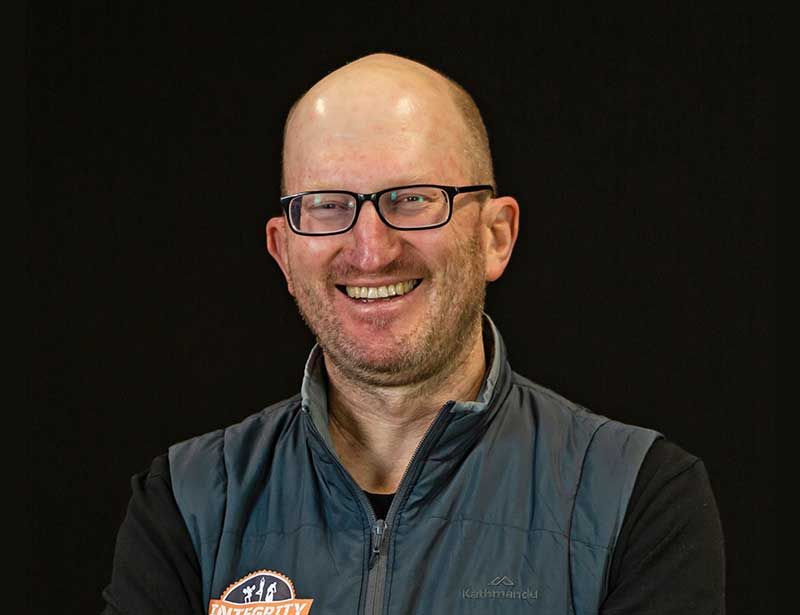Music & programming
Music maestros
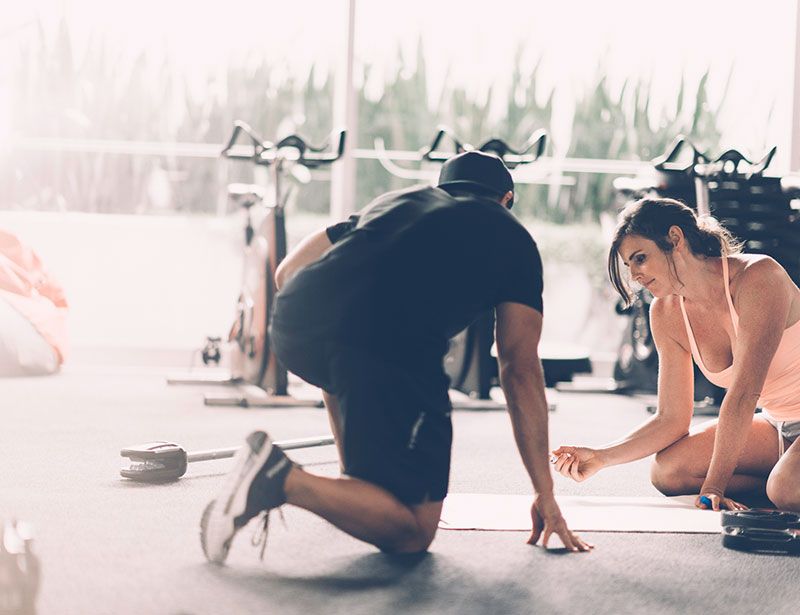
When creating playlists for your workouts, what music rights do you need to secure?
JJ: We have to clear both the publishing and master rights. The underlying composition – lyrics, sheet music, melody and everything else that goes into writing the song – is the publishing side. The master rights belong to the label – the record company that paid the artist to come in and make the recording.
I look after the major labels and have relationships with Sony, Warner and Universal. We request tracks in batches and the labels give us feedback: yes, no, maybe but there are additional side artists who need to be cleared. We feed that back to the programme directors, they make a few more track suggestions if needed, and we keep working through until we have a confirmed track list.
It can take up to nine months to work through a contract for one song
KF: In addition to the major labels, we also touched about 295 independent labels last year. To some of them, I just send two or three emails a quarter, each with a list of songs, and they let me know if they can clear them – and that’s it done. But in this age of streaming, I’m often liaising with people I’ve never spoken to before, right through to “I’m the person making my music in my bedroom and I’m repping myself”. That’s quite cool – they’re always excited that their music is being heard and happy to make some money from it.
But it can be hard to get hold of people, as well as to work through the inevitable language barriers when you do get hold of them. At times, I even have to start from the beginning, explaining what group exercise is and where music fits in to that. It can take up to nine months to work through a contract for one song.
What’s your approach to selecting music for each new quarterly release?
JJ: Around 12 weeks out from filming, the programme directors will provide us with their wish list of songs.
KF: Taking BODYPUMP as an example, we need 12 songs for each release, but we might start with a list of 40, working out which label they all belong to.
JJ: That can be tricky: there might be one label that controls the master, but we also need to get permission from the featured artist.
KF: Or there might be one label that controls the song in North America and another that controls the song for the rest of the world. We have to speak to both labels, because we need our instructors across the globe to be able to use the same song.
JJ: There might be a few songs we immediately know we won’t be able to license, which can be for a number of reasons: banned artists, uncleared samples that we know the label won’t approve, bootleg remixes from YouTube that are free to download but not an official, licensable song.
KF: That said, the labels sometimes keep working away at it behind the scenes. There was one song we eventually got into BODYPUMP – Company, by Baauer – that we had requested about three times. We could never use it, because it had an uncleared sample, but about a year later the label came back to us to say they had cleared it. We don’t always still want a track by then – they don’t always stay fresh and we might have found an alternative – but it just shows that things do sometimes come good.
SOMETIMES WE CREATE OUR OWN TRACKS, TO ACCOMPANY A SPECIFIC MOVE FOR EXAMPLE
If you use a track across lots of programmes, do you just pay once?
JJ: Sadly not. If we’re using a track in two different programmes, we have to pay twice – there are no bulk purchase discounts in music. If anything, negotiations are harder the second time around: they know we’re super keen, so we often struggle to get a track at the same price we purchased it for originally.
Do you ever get approval for one programme and not for another?
JJ: It can happen from time to time. Sometimes artists may not be willing to grant rights across multiple programmes, while some may have requirements that one programme meets but another doesn’t, so we will be restricted to just the one.
KF: We keep a comprehensive list of limitations, so we can let the programme directors know straight away if they can or can’t use a song or – if they’re going to use it – what they can and can’t do with it.
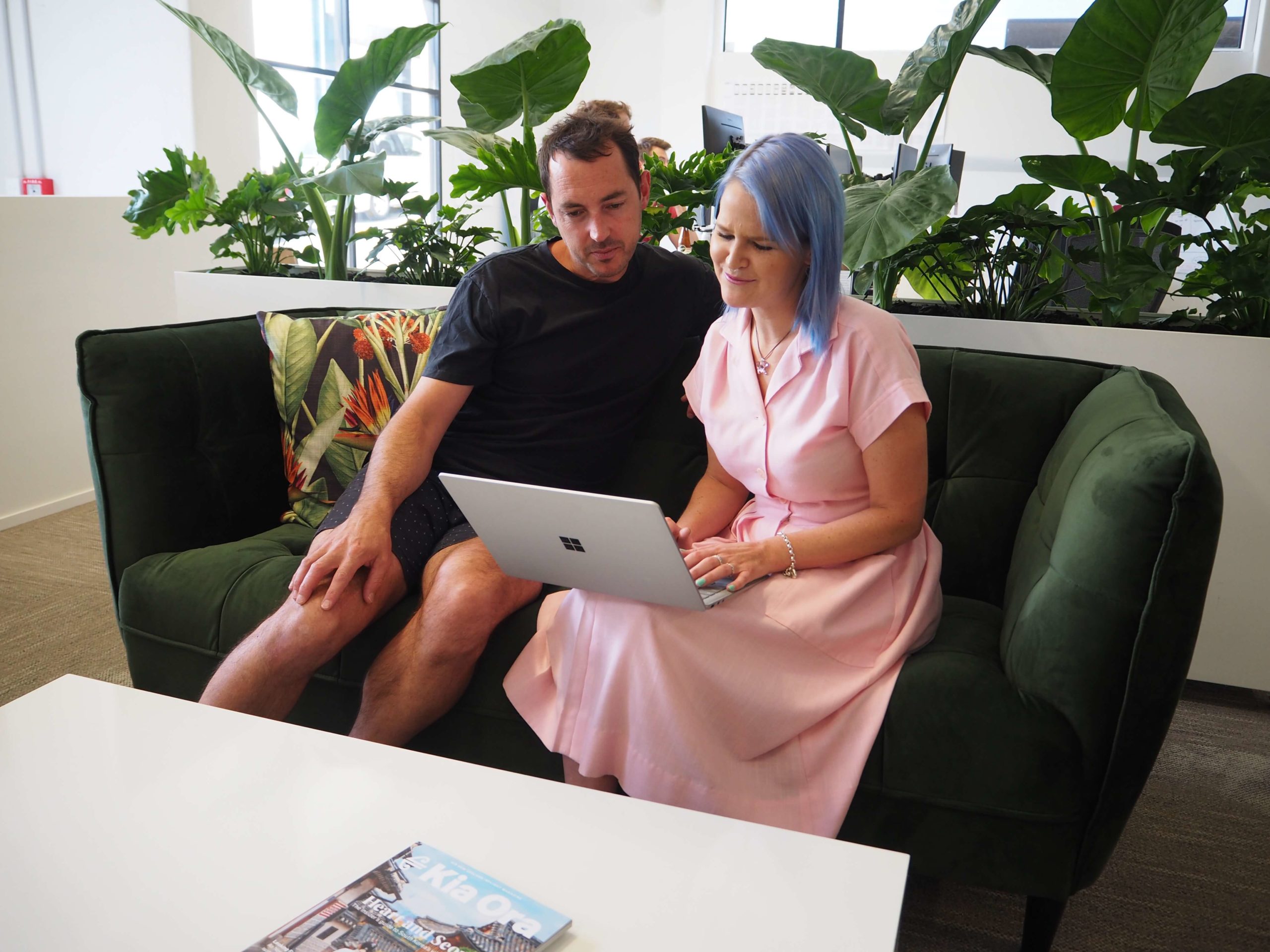
What are the original tracks that feature in your playlists?
JJ: Les Mills Originals are pieces of music that we commission. We work with music producers to develop these tracks and we control the rights to them.
Sometimes artists approach us with their music; if they fit our requirements, we purchase them and develop them as LMOs. Sometimes we need to create tracks for very specific requirements: to accompany a particular move, for example, or where we need added features such as voiceovers or countdowns in the track.
Once all this is done, is there anything left for the clubs to negotiate?
JJ: There is, yes. For all the licensed, original artist recordings we use in our live class playlists, we secure the necessary rights to include the music on those playlists. However, individual clubs will still need to obtain a Public Performance licence from the relevant local societies to play the music in their club.
Essentially, to play any music in their facilities, clubs need to take care of two different licences: public performance of the master, and public performance of the musical composition. It’s down to each venue to secure the correct public performance licences.
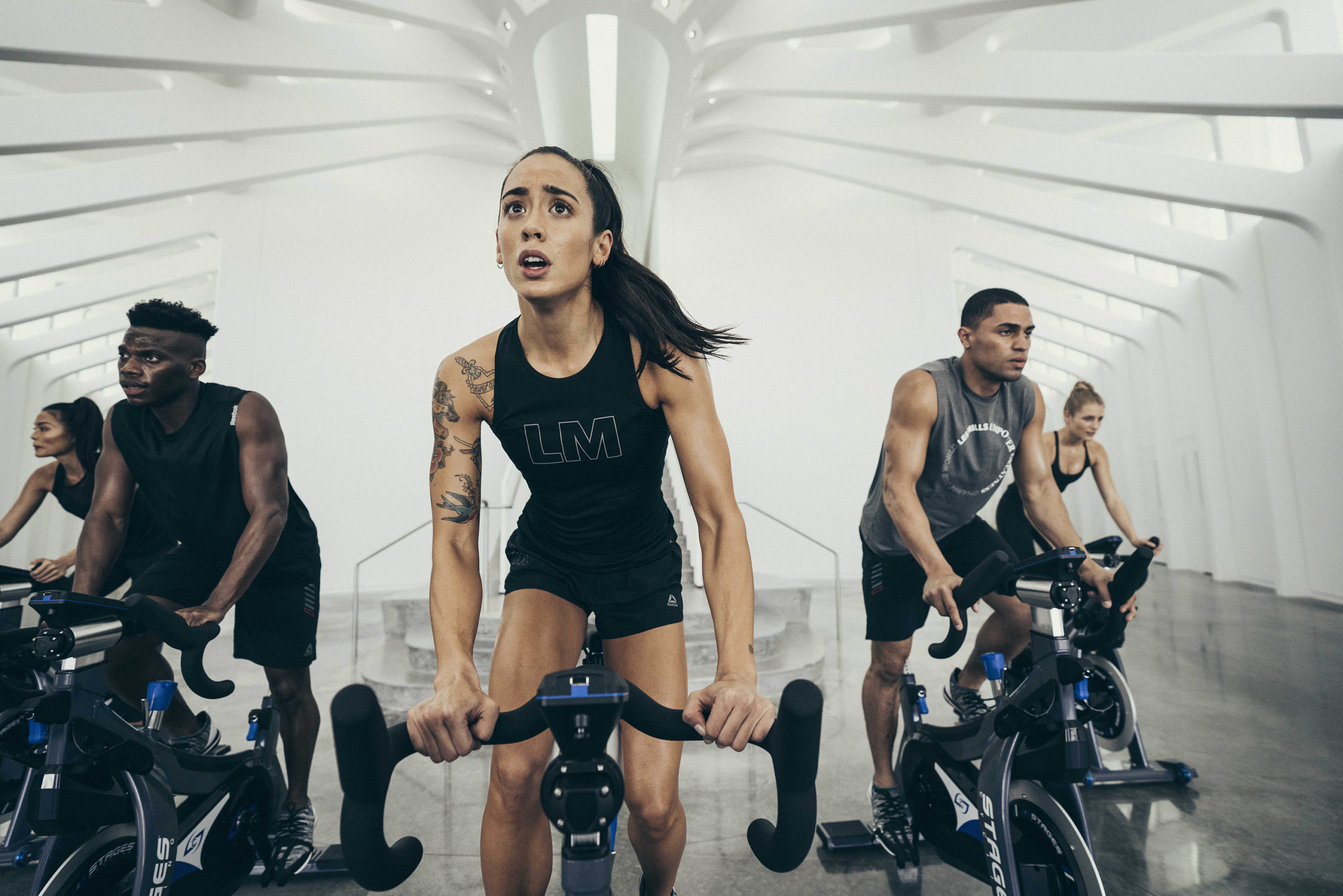 How much do the licensing rules vary from country to country?
How much do the licensing rules vary from country to country?
JJ: From our side of things – negotiating the publishing and master rights – the process is pretty standard. We’ll be dealing with different people for different countries, but the principles are the same.
However, Public Performance licensing for fitness facilities varies from country to country. These licences are issued by local copyright collection societies, so how clubs and facilities are charged depends on where they are in the world. In some countries, there’s a single fee that covers both the public performance licences, but in some situations, it’s charged based on a club’s floor area or number of classes.
The secret is to find tracks that are unique to the essence of the programme
Another example: in the UK, a club will need to obtain a public performance licence from both the local society representing the record labels (PPL in the UK) and the local society representing the publisher/writers – that is, the owners of the rights to the lyrics/composition (PRS in the UK). In the US, on the other hand, the requirement to obtain a public performance licence in relation to original artist recordings does not exist – the only requirement is to obtain a public performance licence from the societies representing the publishers/writers.
Clubs and facilities should make sure they are aware of what’s required in their location, and be in touch with their local society or societies to ensure they are covered.
The final thing to mention here is that all of this applies to our live class playlists. For Les Mills Virtual, we only use cover recordings that we own. This means that, for our virtual classes, a club needs only obtain a public performance licence from the local society representing the publisher/writers.
What do you love most about your job?
JJ: Lots of things!
I love it when, from time to time, our programme directors come to us with a track wish list and I ask myself: ‘How on earth are they going to make that work?’ Then, a few months later, that track will be playing during my workout and I have that ‘a-ha’ moment when I experience how it works with the choreography and I can see all the other participants around me enjoying it too.
I’m also grateful to be able to work for a company that influences people’s lives in such a positive way.
How do you create the perfect cycling class playlist?
Glen Ostergaard, programme director for the Les Mills cycle classes RPM and SPRINT, is the master when it comes to creating the perfect cycling class playlist.
Asked what he believes it takes to put a great playlist together, Glen’s response is that it all comes down to having the mental space and time to be creative with each release: “The secret is to find tracks that are unique to the essence of the programme, and there’s a bit of secret science to it. At the very basic level, the songs need to be uplifting and fun, and from a variety of musical genres.”
With that variety in mind, Glen doesn’t have one personal favourite type of music: “I always love the music I’m working with for the current releases, as that is what’s freshest, most current and what I find most inspiring at the time.”
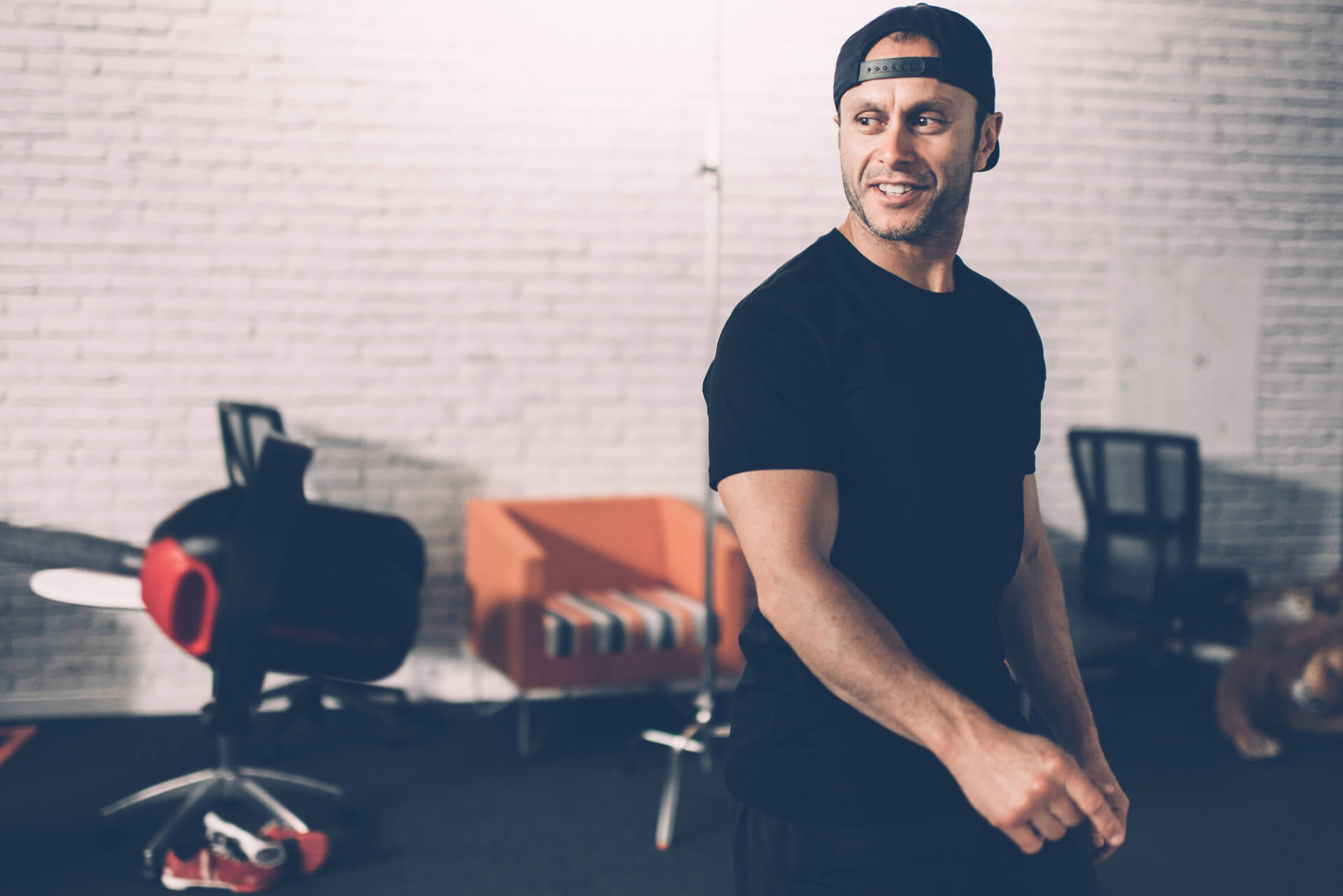

Conceived, powered and funded by BODY BIKE®, RIDE HIGH has a simple mission: to celebrate and champion the very best of indoor cycling, sharing ideas, stories and experiences from around the world to inspire the sector on to even bigger and better things. Subscribe for free by leaving your details below and we'll send indoor cycling's hottest news direct to your inbox three times a year.

